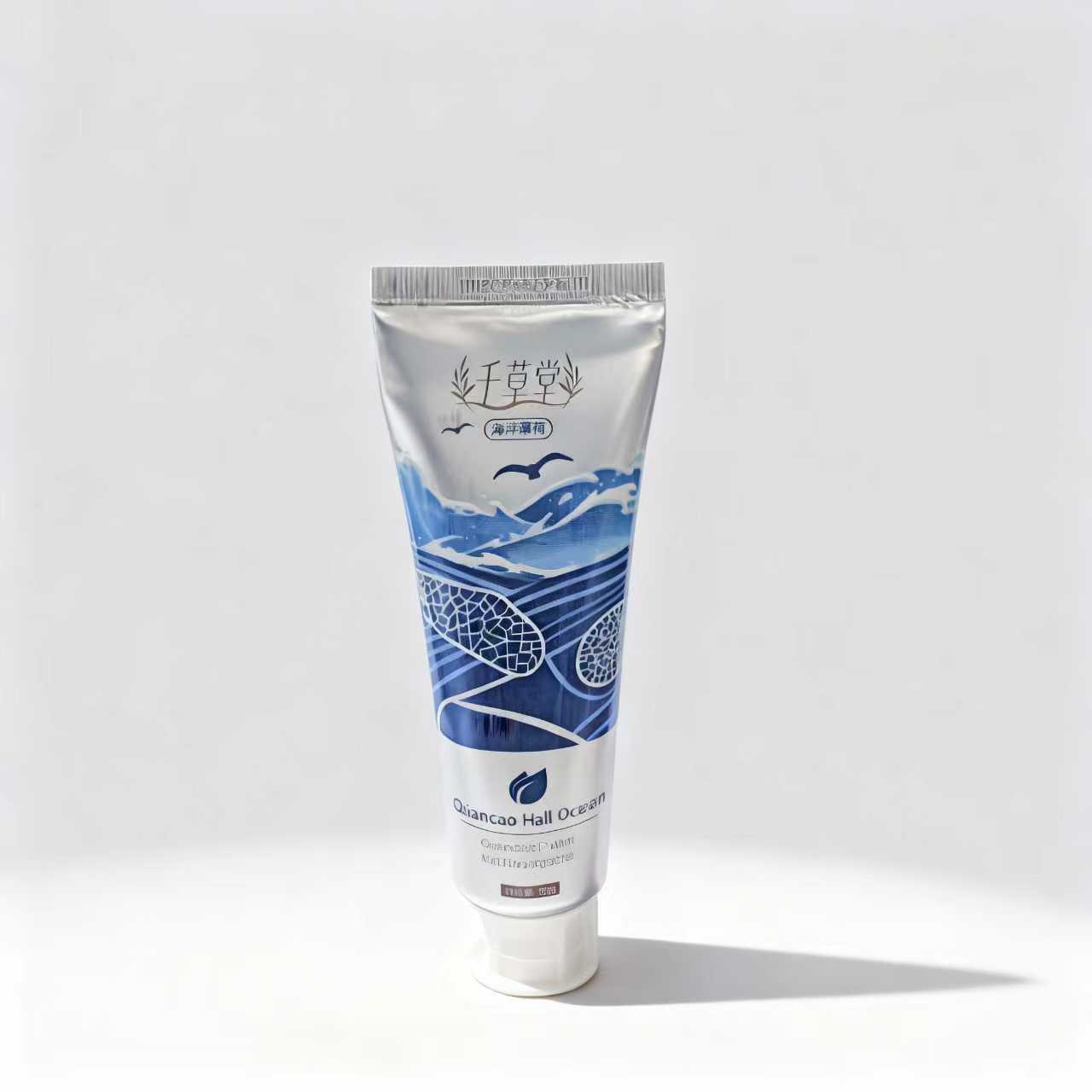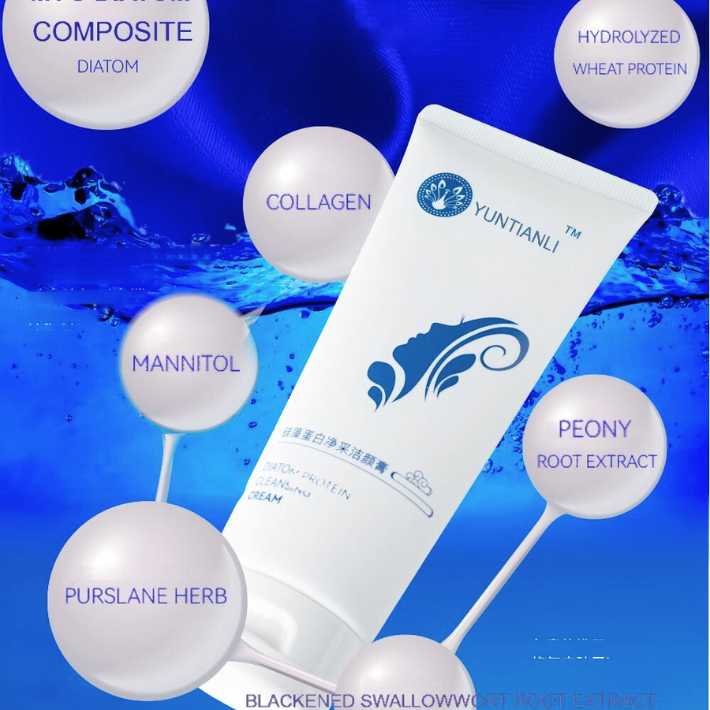
Market Promotion Strategy and Consumer Demand Analysis for Diatom Toothpaste
Global Natural Toothpaste Market Trends and Consumer Acceptance
The global natural toothpaste market is experiencing unprecedented growth. The herbal toothpaste segment reached USD 2.8 billion in 2025 and is projected to grow to USD 3.96 billion by 2030, with a CAGR of 7.23%. The broader natural toothpaste market is expected to expand at a CAGR of 9.00% from 2024 to 2031.
Consumer demand for natural toothpaste is increasingly diverse:
-
Health Awareness: Consumers increasingly prioritize oral health and prefer natural, non-irritating toothpaste.
-
Concerns Over Chemicals: Growing skepticism about ingredients such as SLS and triclosan drives demand for safer alternatives.
-
Environmental Awareness: Sustainable packaging and natural ingredients influence purchasing decisions.
-
Personalized Needs: Beyond basic cleaning, consumers seek whitening, sensitivity care, fresh breath, and multifunctional solutions.
Regional acceptance varies:
-
Asia-Pacific: Dominates with a 51.97% market share in 2024 due to strong cultural alignment with traditional medicine and government support for Ayurveda and TCM practices.
-
Europe: Strict cosmetic regulations limiting SLS and triclosan encourage adoption; Germany and the UK lead in eco-conscious and online-savvy consumers.
-
North America: About 25% of Americans are switching to natural toothpaste, evidenced by Colgate’s USD 100 million acquisition of Tom’s of Maine.
Differentiated Competitive Advantages of Diatom Toothpaste
-
Natural and Safe Brand Positioning: Diatom is FDA GRAS-certified, chemical-free, and non-irritating. 73% of surveyed consumers reference health guidelines in toothpaste selection, making diatom’s safety credentials a strong selling point.
-
Unique Whitening Mechanism: Unlike chemical bleaching, diatom provides gentle, progressive whitening through physical cleaning and adsorption, aligning with consumer preferences for safe, gradual whitening.
-
Multi-functional Benefits: Diatom toothpaste simultaneously whitens, adsorbs odors, provides antibacterial and anti-inflammatory effects, and improves overall oral health. Research shows 62.3% of consumers prioritize whitening and stain removal, 48.7% focus on fresh breath, and 41.2% value deep cleaning.
-
Price Advantage: Diatom costs USD 300–795/ton, lower than hydroxyapatite (~USD 400/ton), enabling competitive pricing without compromising quality.
Target Consumer Segments and Marketing Strategies
Target Groups:
-
Health-conscious mid-to-high-end consumers: Willing to pay premiums for safe, natural products (~35% globally).
-
Sensitive oral care population: Children, pregnant women, elderly, and sensitive teeth users who require gentle formulations.
-
Eco-conscious young consumers (18–25 years): 37.8% prefer plant-based toothpaste in 2024, up 12.5 pp since 2020.
-
Value-conscious rational consumers: Seek safe whitening with reasonable pricing.
Marketing Strategies:
-
Educational Marketing: Leverage social media and KOL partnerships to explain diatom’s natural properties and whitening mechanism.
-
Experience Marketing: Provide samples to demonstrate gentle cleaning and whitening. Product trials strongly influence purchasing decisions.
-
Differentiated Positioning: Highlight “natural whitening,” “safe & non-irritating,” and “suitable for long-term use” to establish a distinct brand identity.
-
Channel Strategy: Utilize e-commerce and D2C models, projected to grow at a CAGR of 8.64%, while building brand presence in organic stores and pharmacies.
Summary:
The global natural toothpaste market is growing rapidly (CAGR 9.00%, 2024–2031), driven by health, safety, sustainability, and multifunctional demands. Asia-Pacific holds >50% market share, with strong growth in Europe and North America. Diatom toothpaste offers FDA-certified safety, gentle progressive whitening, multifunctional benefits (whitening, deodorizing, antibacterial), and cost advantages (USD 300–795/ton). Core consumers include health-conscious mid-to-high-end users, sensitive populations, eco-conscious youth, and rational value seekers. Marketing should combine educational content, product trials, differentiated positioning, and D2C/e-commerce channels to capture market opportunities.



